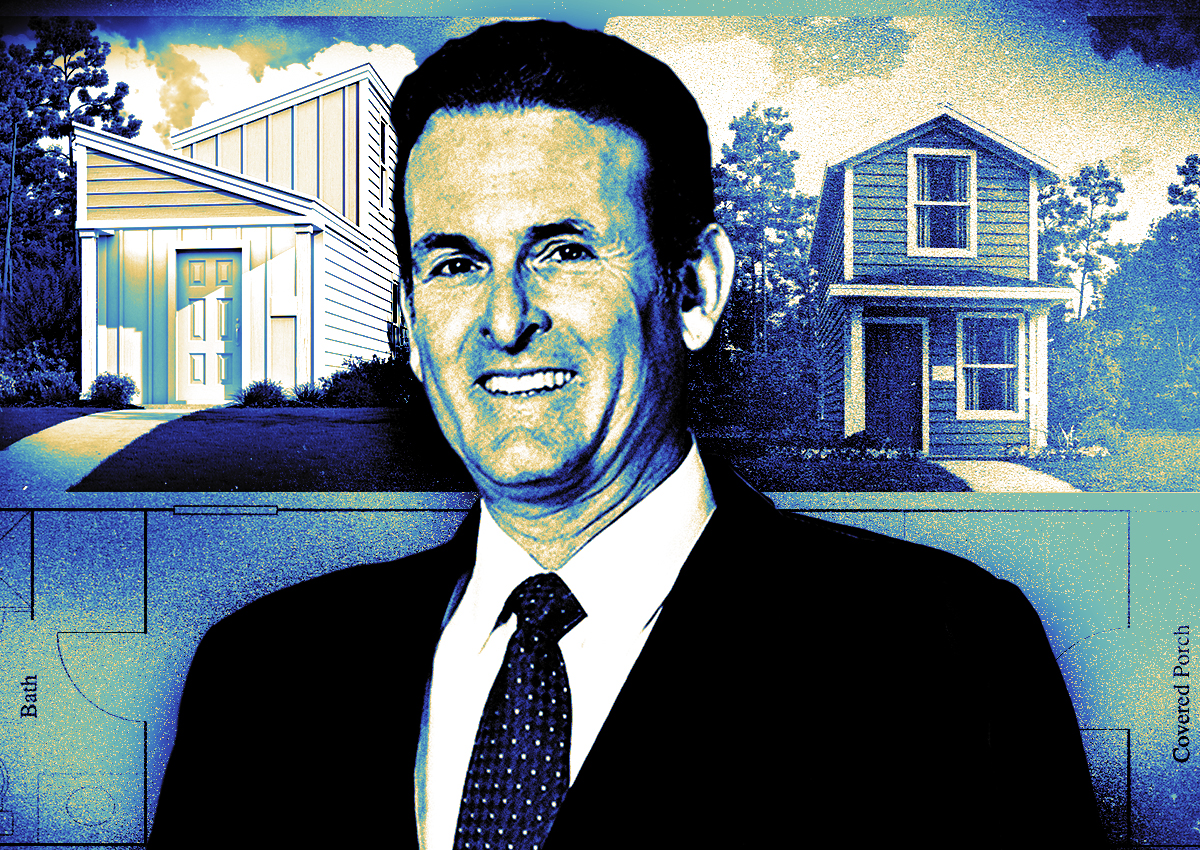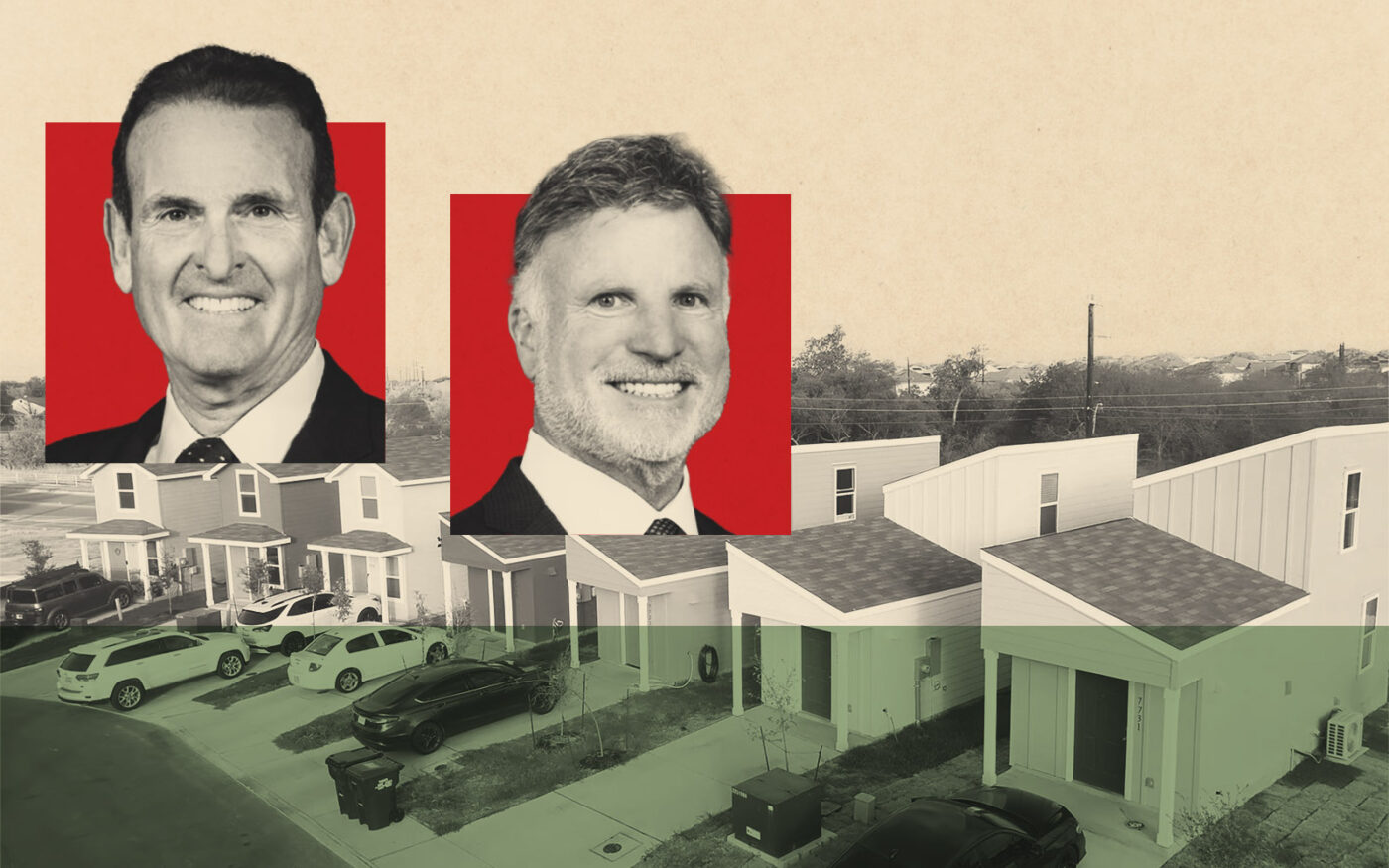Lennar Homes proved that tiny homes could be the answer to an affordable housing shortage in not only San Antonio but also across the nation.
The Miami-based firm has delivered nearly 100 model homes to San Antonio’s East Side, near Converse, nearly a year after embarking on the project, the San Antonio Business Journal reported.
The community, called Elm Trails, features 660-square-foot homes situated on 20-foot lots. That’s roughly half the size of a typical lot in the Alamo City, leaving just enough room for a small backyard. Prices hover around $150,000, a figure that’s practically unheard of in the local housing market, but one which critics say is still too high for the space offered.
Lennar launched the project to ease affordability and housing shortage concerns, while evading rising construction costs. So far, 35 residents have moved into their homes, and another 20 are under contract.
“The fact they’ve sold more than half of the homes planned for that neighborhood is impressive,” Keith Hughes, vice president of sales for housing data firm Zonda, told the outlet. “That tells me there is a market for people who want these small footprint homes on that side of town.”
Given Elm Trails’ success, Lennar is considering similar projects in San Antonio and beyond. After company representatives from multiple markets visited the community, other tiny-home developments are anticipated in South Carolina and Florida, the outlet reported, citing Business Insider.
However, replicating Elm Trails’ success presents challenges. While Lennar benefits from economies of scale and reduced infrastructure costs due to its location outside San Antonio’s city limits, such advantages are not easily attainable elsewhere. Hughes highlighted the difficulty of achieving affordable housing within the city’s urban core, where land prices remain high.
—Quinn Donoghue
Read more



